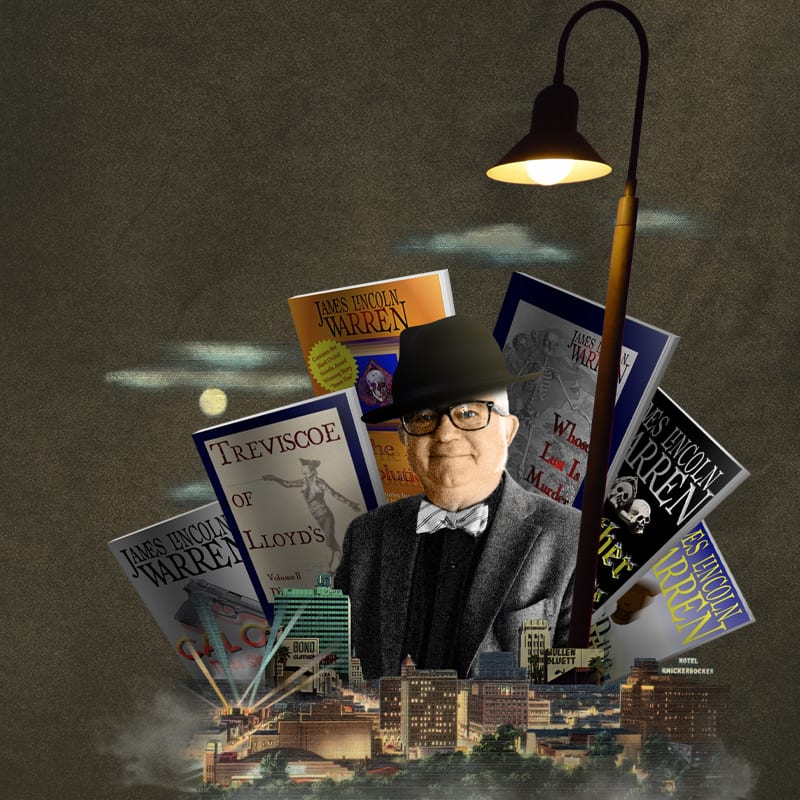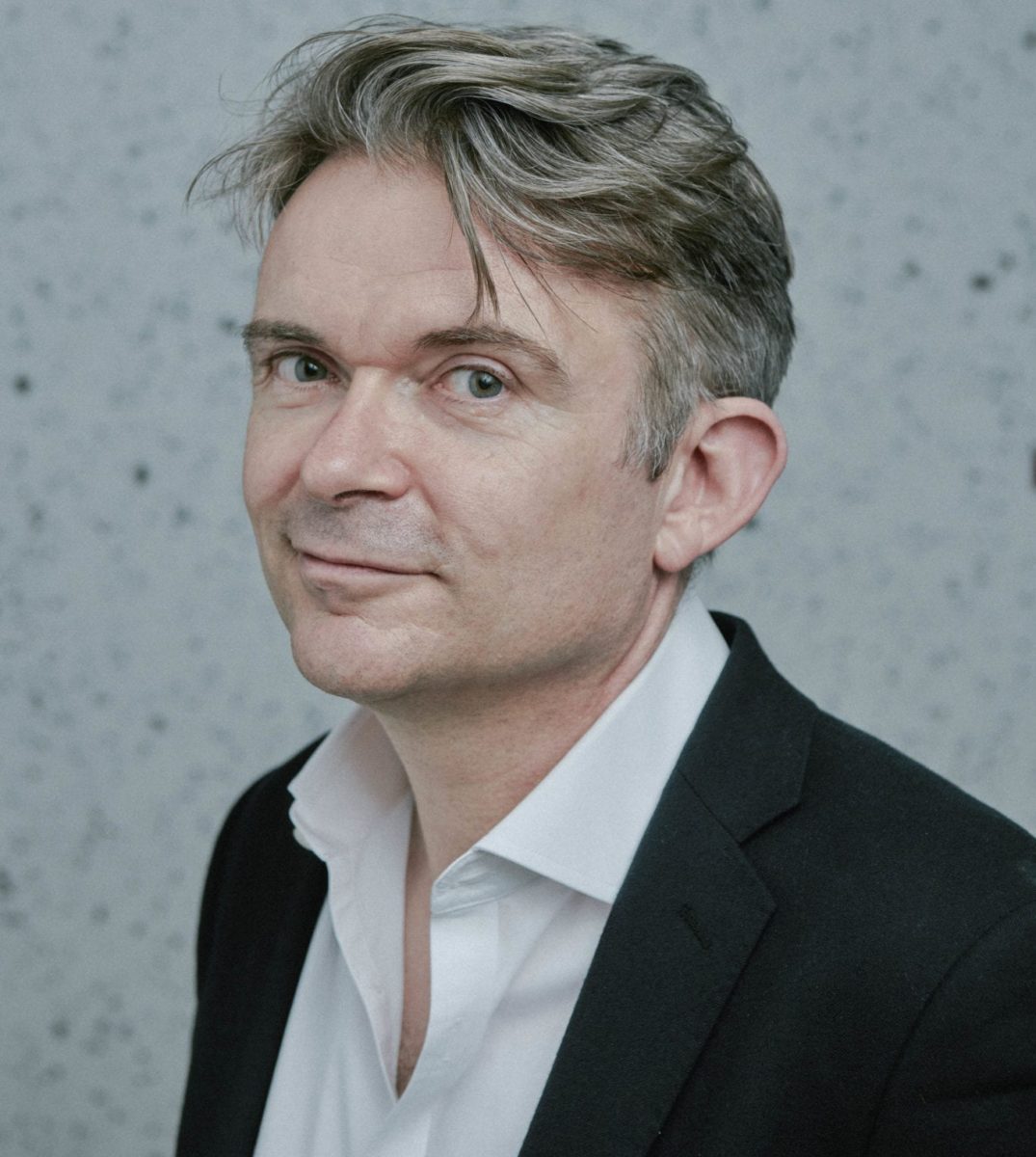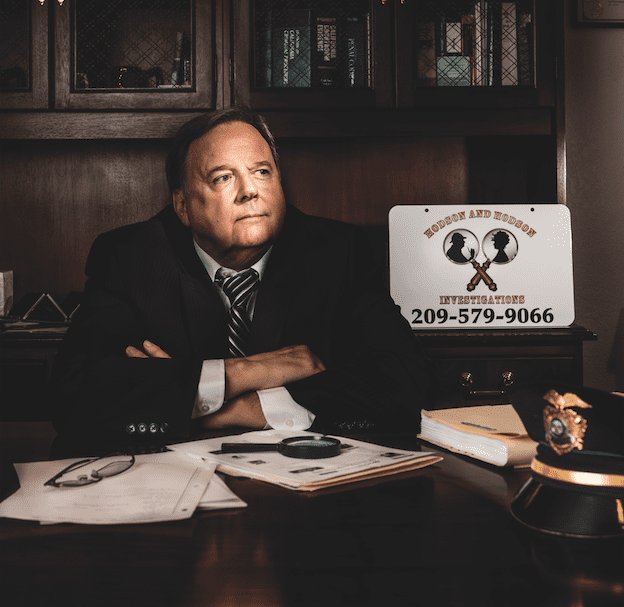
The Perfect Crime
Mystery writer James Lincoln Warren is an expert author of the hardboiled crime story.

By Ian A. Stewart
“Freemasonry’s secrecy is like a well,” writes John Dickie. “The men who built it know how deep it is. The rest of us can only peer over the wall that surrounds it and wonder. While we gaze downwards at the water, speculating on what might lurk below, the black surface reflects back our anxieties.”

For his new book The Craft: How Freemasons Made the Modern World, Dickie spent years combing through Masonic records to stitch together a history of Europe and North America in which Masonry (and its offshoots) have played key roles in shaping modern attitudes, morality, and even nations. Throughout it all, the mystery surrounding Masonry was a key to its appeal. We spoke with Dickie to understand why that secrecy continues to fascinate people today.
California Freemason: You write that Freemasonry’s secrecy has always been a double-edged sword. What do you mean by that?
John Dickie: Secrecy was historically a powerful recruiting tool and served to bind people together, but it also generated suspicion and paranoia from the beginning. People saw in it whatever they were most afraid of.
CFM: Historically, how did secrecy bind members together?
JD: The radical thing about Freemasonry was that it allowed people of different faiths to join, to the extent of having, fairly early on, a Catholic grand master. The way that was accomplished, I think, is by putting secrecy in the place of any kind of specifically theological religious bind between people. Secrecy gave the rituals an aura of sacredness.
CFM: How is it that the meanings behind Masonic secrets can be both benign and also powerful?
JD: The content of these Masonic secrets can feel underwhelming, but secrecy—by which I mean everything wrapped around those secrets—can be very powerful. I see three reasons: First is the magic of ritual and of giving yourself up to enchantment with others. The second is our strong desire to see something in those secrets, perhaps more than is actually there. The third is the fact of being misunderstood, which gives a special aura to the fellowship and shared wisdom.
CFM: How did you interpret the culture around Masonic secrecy today?
JD: The moral teachings behind all the symbolism can seem rather run-of-the-mill—be a good person, try to be well-informed, embrace religious tolerance. But that’s not to say they’re trite. I’ve seen how moved people are when they describe how important Masonry is to them and their sense of personal growth and fellowship. I take that very, very seriously.
PHOTO CREDIT:
KEYSTONE-FRANCE/GAMMA-KEYSTONE VIA GETTY IMAGES
Mikael Buck

Mystery writer James Lincoln Warren is an expert author of the hardboiled crime story.

A traditional observance lodge pulls out all the sartorial stops with a new custom tartan kilt.

A Master Mason gumshoe taps into his inner Philip Marlowe to hunt down the truth.